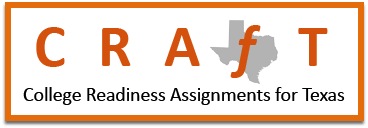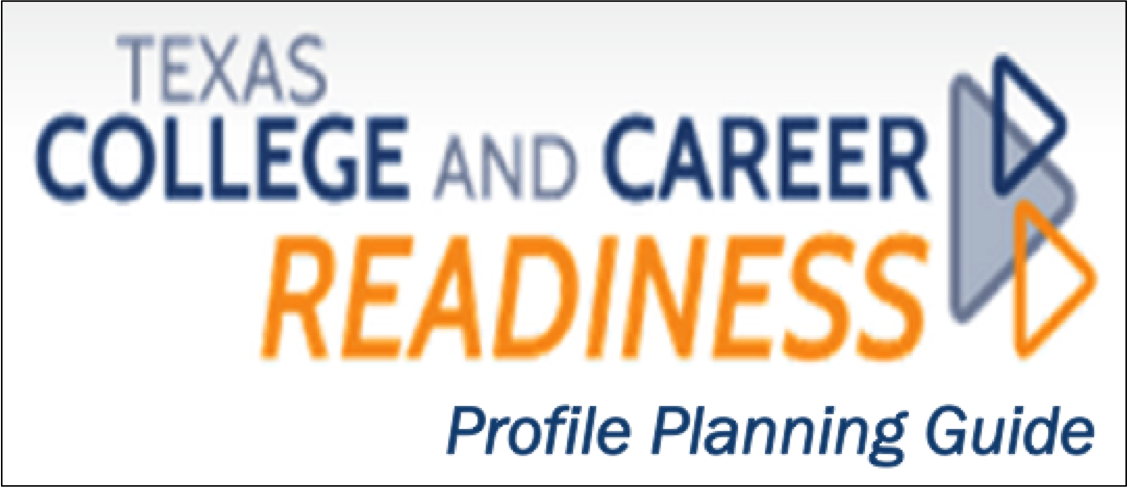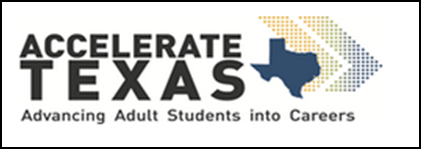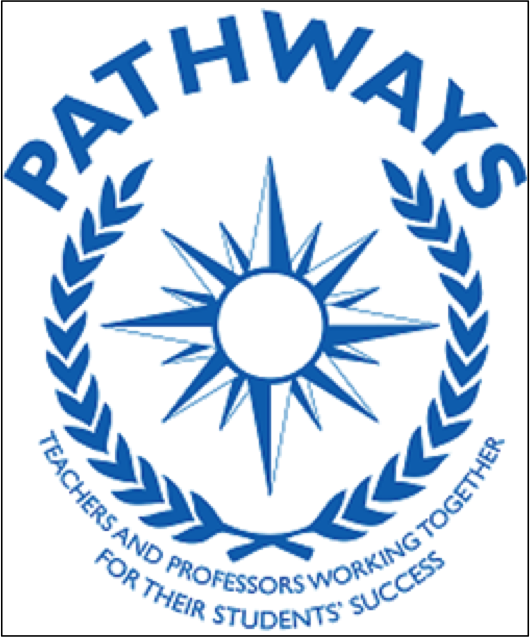Wendy Lym Shares Results and Suggestions on Successful Vertical Alignment Work in ESC 13
July 2014 | Houston, Texas
BY: Amy Williams
Vertical alignment is an issue that has gained much attention throughout the state of Texas over the last few years. For students, vertical alignment ensures that the knowledge and skill sets they gain during their secondary and postsecondary transitions will enable them to be successful in their future college and career goals. Successful alignment is achieved through the creation of vertical alignment teams (VAT) that are composed of secondary and postsecondary educators. These teams are essential for the identification of transitioning gaps. Once the challenge of forming strong and lasting VATs is achieved, the results are rewarding.
 |
Dr. Wendy Lym, Associate Professor of English at Austin Community College, successfully led a P-16 funded College Readiness Collaborative in Austin, Texas to further pursue college and career readiness (CCR) alignment efforts. The collaborative’s focus was to identify and minimize transitioning gaps that high school seniors face when advancing into college freshman Composition I. In spite of the frequent challenges of creating a strong VAT, the Education Service Center Region 13 (ESC 13) collaborative consisted of an impressive 44 educators from both spectrums of educations. |
“The fundamental principal was respect for the professionalism of everyone involved,” said Lym. “And for both groups, that translated into something different.”
Recognizing the different factors that allowed both groups to be effective VAT members was the biggest contributor to Lym’s successly large collaborative. She identified two main suggestions for effective VAT formation:
1. Deciding what type of benefit is most appropriate for each group: professional development credit or monetary compensation
2. Choosing a time that works well for both groups
“Postsecondary faculty often have many professional development credits met, so for them, financial compensation for additional work was appropriate,” said Lym. “For our secondary teachers, it meant meeting when they could meet and creating a situation where they did not have to hire substitute teachers.”
Once the foundation for a strong collaborative was built, Lym and her team were able to identify many gaps in the transition from secondary English to postsecondary English Composition 1. In her article that has been published in the Community College Journal of Research and Practice, Lym explains the major type of gaps found between both levels of education:
1. Culture
2. Course expectations
3. Educator guidance and student learning styles
4. Curriculum
Also included in her report are the results of the pilot program that was developed and facilitated by the collaborative to address the indentified gaps. As part of the program, college faculty met with high school seniors on three separate occasions to mimic the rigor and scope of a miniature Composition I class. During the visits, students were given a lecture, writing assignment, and post-grading feedback to synthesize a week in a Composition I course.
“When they were able to go through the program and see what it was like to do a writing assignment, they were a little bit stunned by the lack of structural support for it. I started getting comments from students such as ‘well I can tell I am not quite ready for college – I am really glad I got to see that this is what college is like,’ ” said Lym.
Overall, the collaborative identified 9 practical implications for improving college and career readiness among high school English students. Details surrounding the major gaps found between both courses were also addressed and have been documented. View Lym’s full report in the Community College Journal of Research and Practice and check out Lym's video presentation College Readiness in Composition: Putting Vertical Alignment into Practice, which was sponsored by ESC 13 and AVATAR.


 Show Printable Version
Show Printable Version




